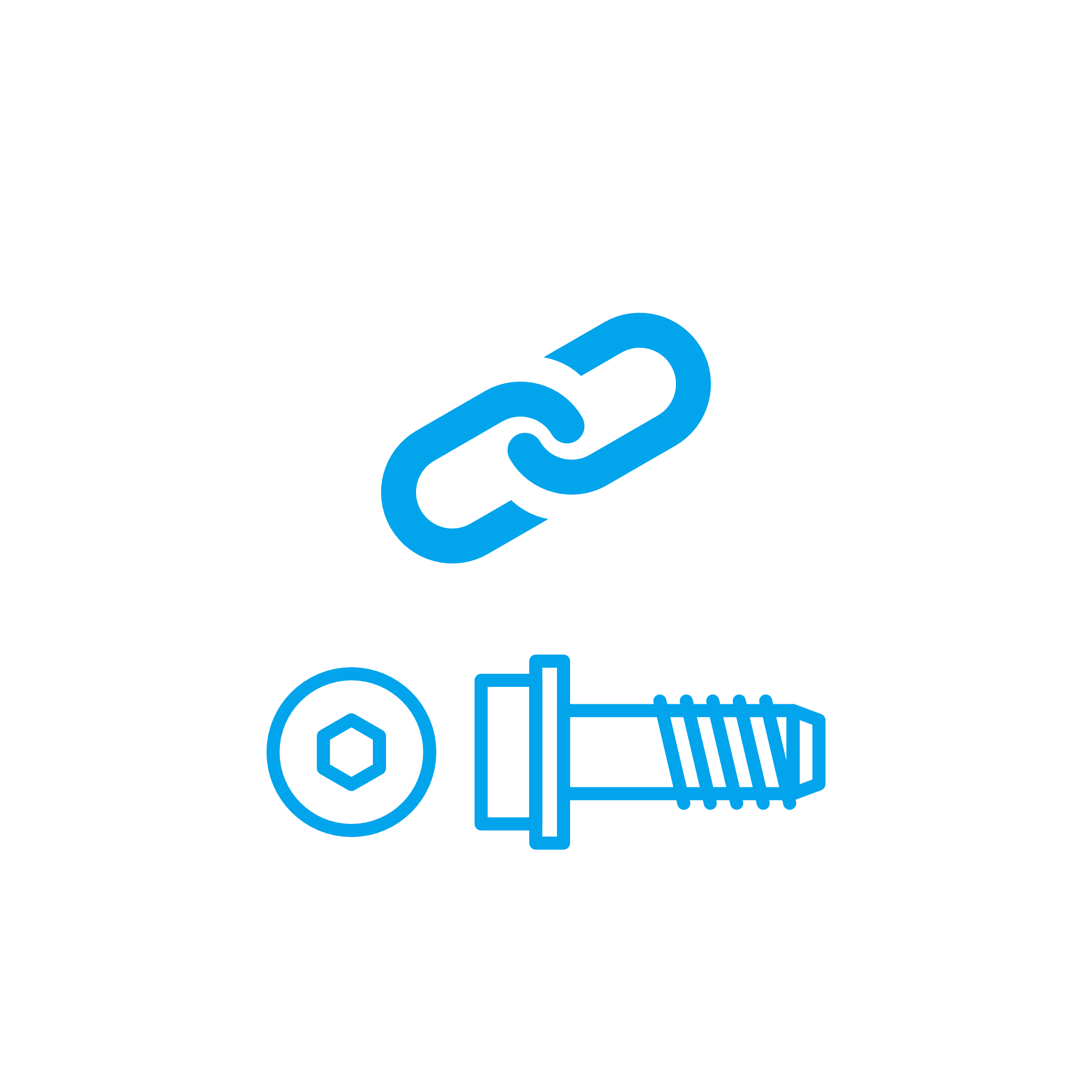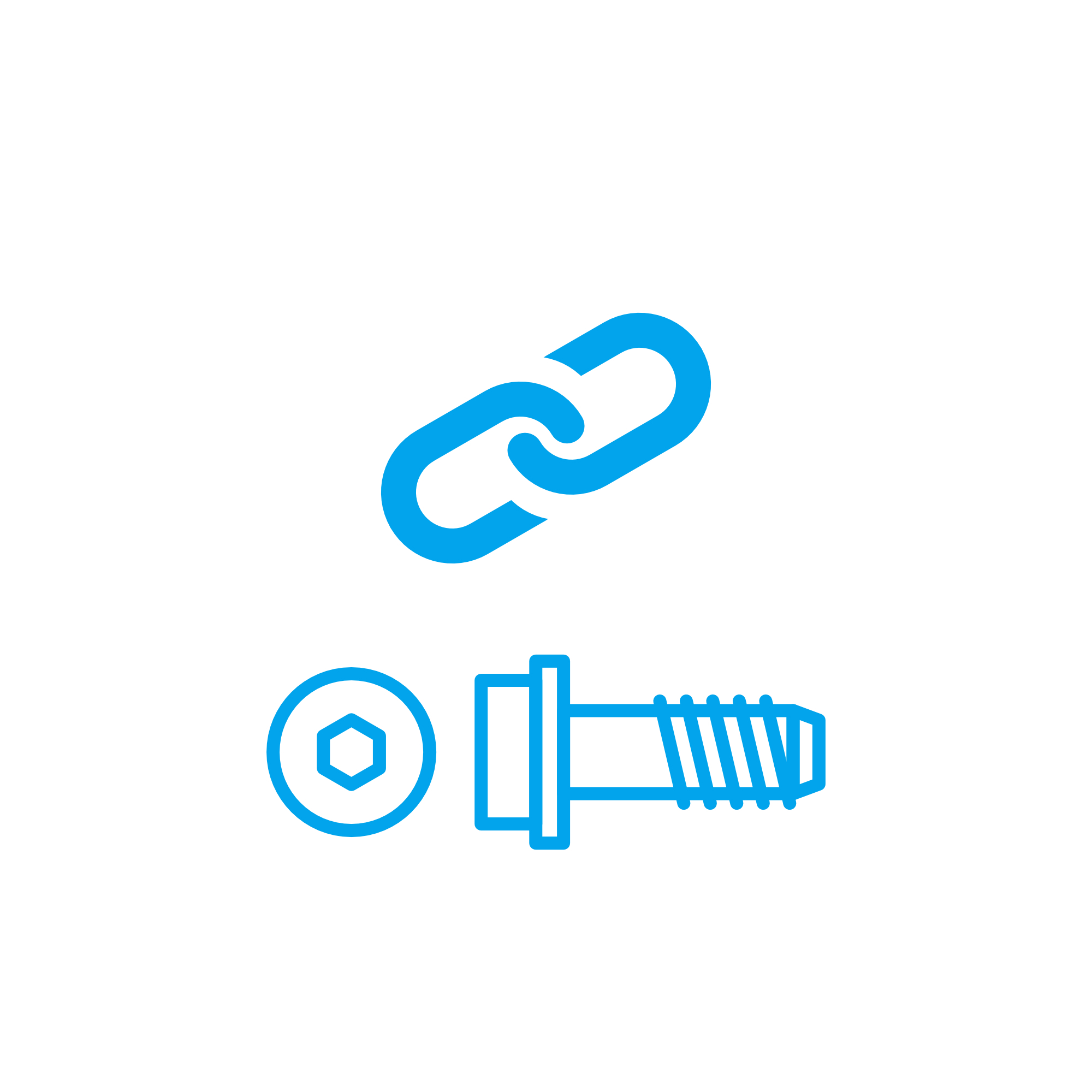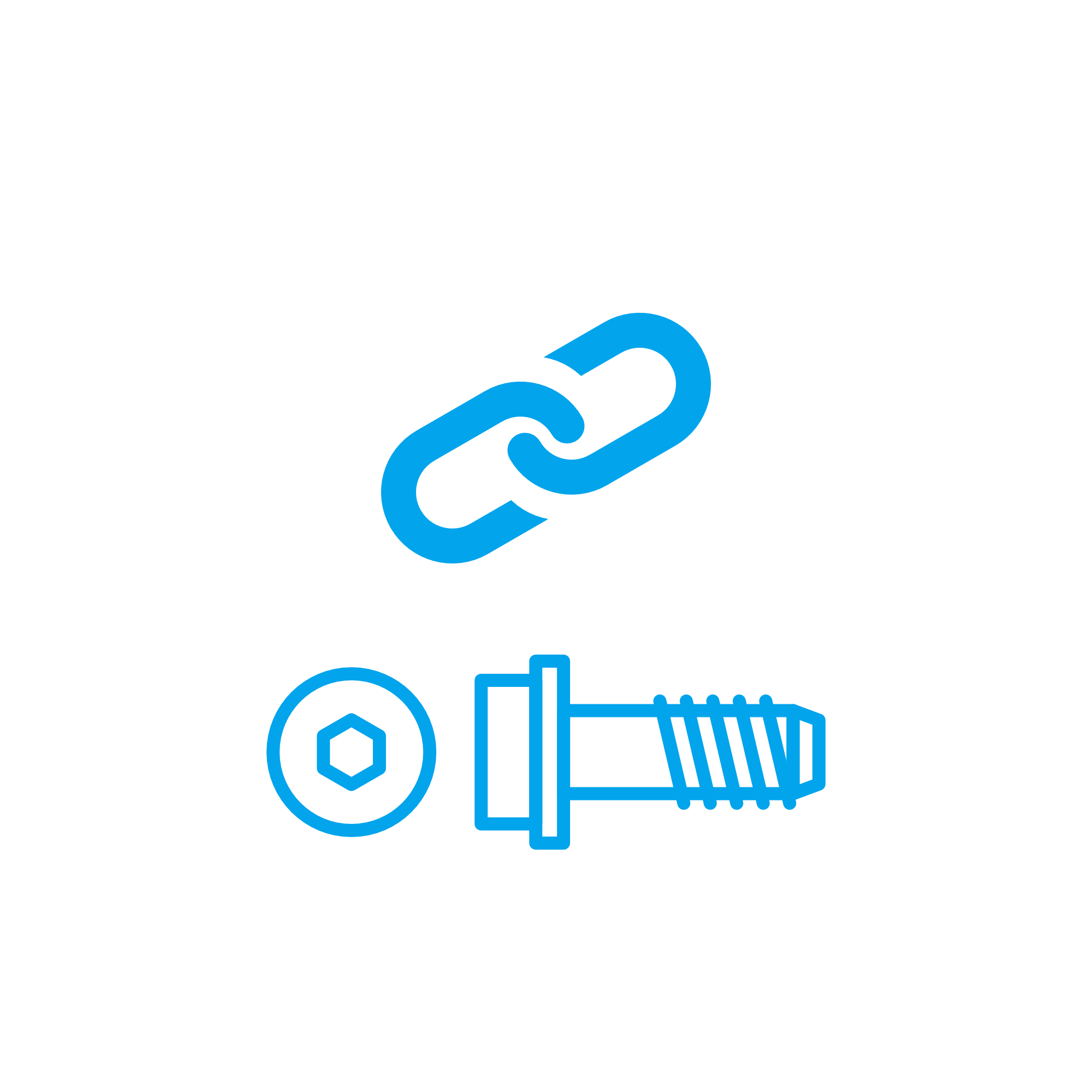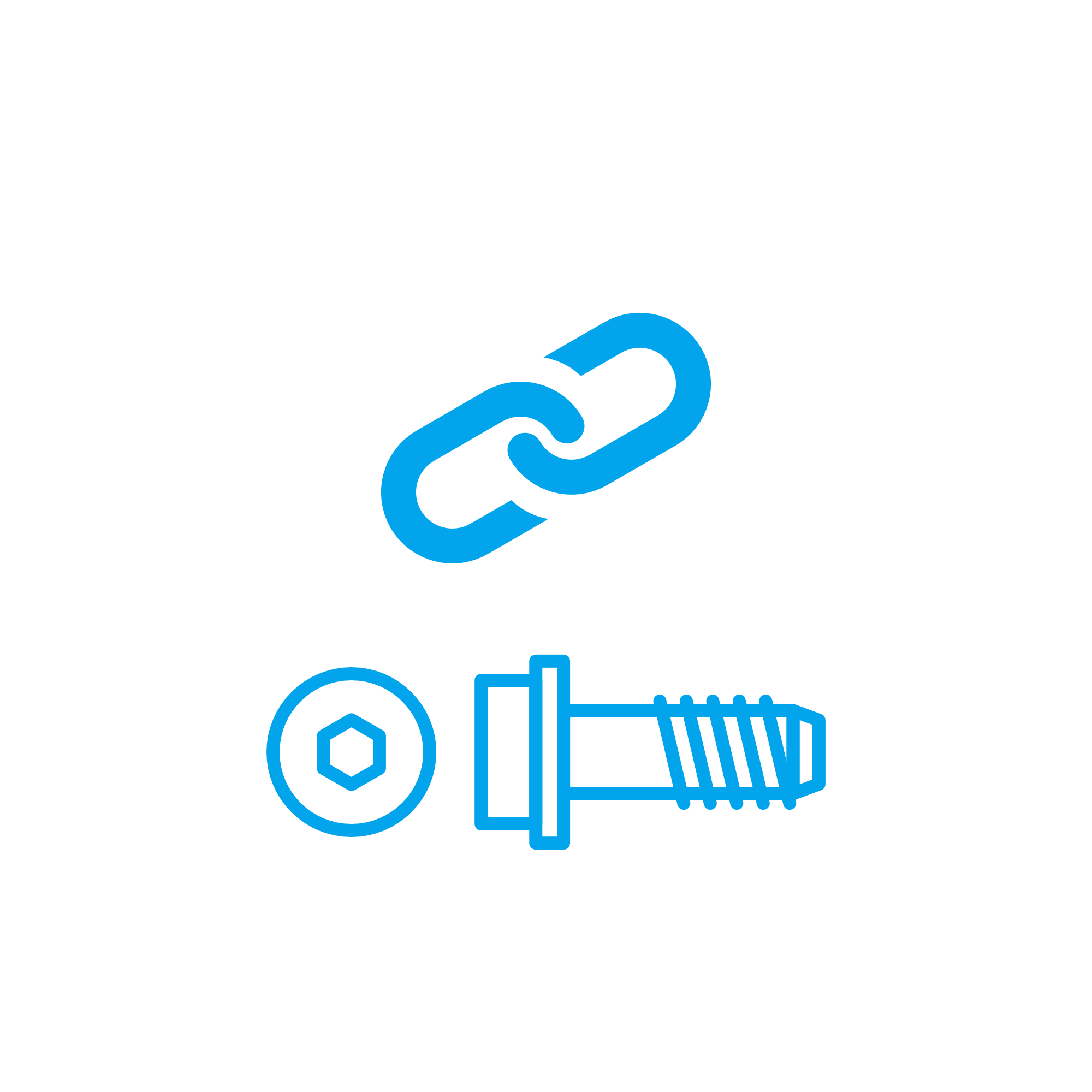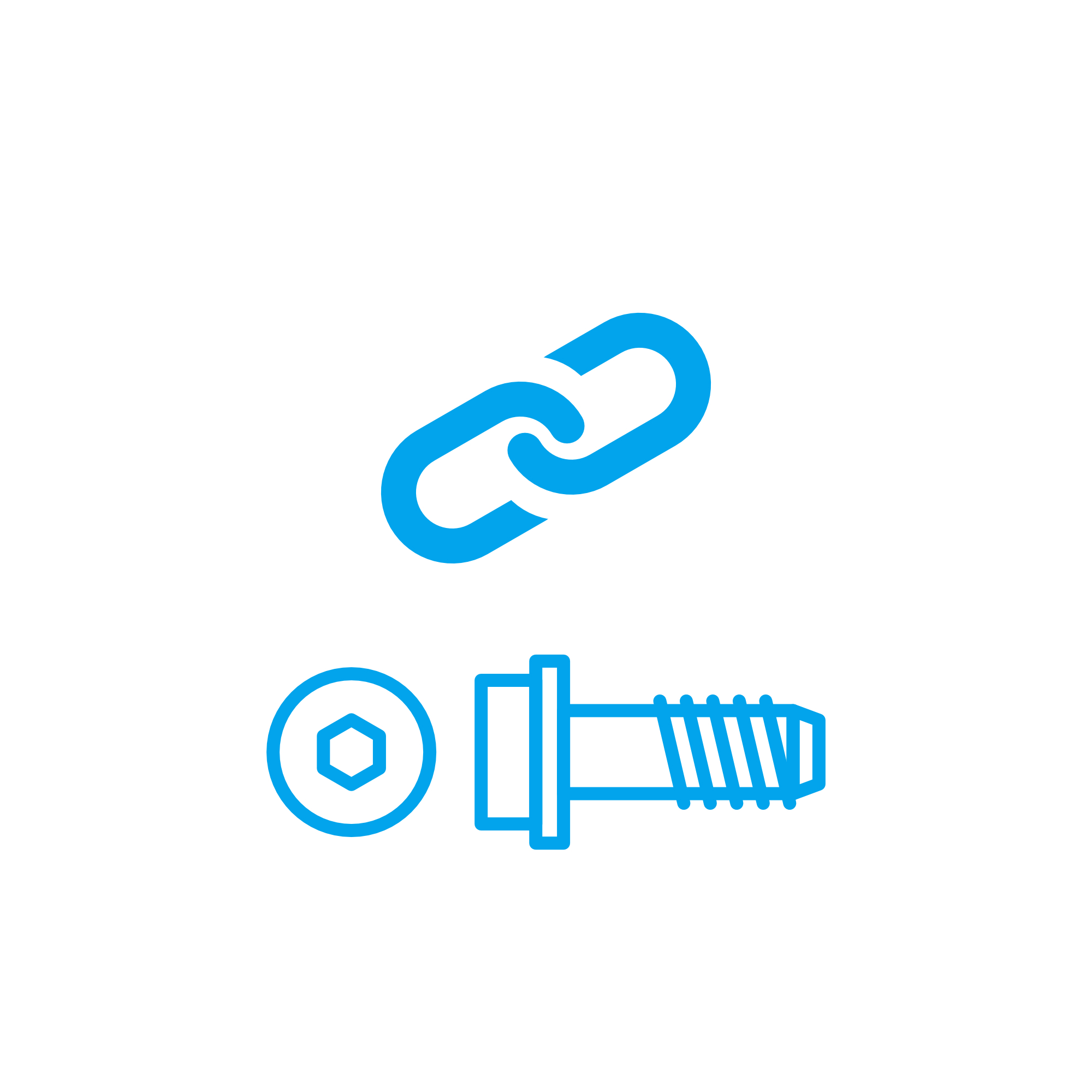CONNECTOR solutions for Connecting elements in marine and diesel engines
Connecting elements are the mechanical and fluid-transfer links that hold an engine together and keep it running leak-free under extreme loads. This article category covers high-strength bolts and studs, nuts, washers, dowels and pins, clamps, pipe and hose CONNECTOR fittings, and related components that join housings, heads, manifolds, pumps, coolers, and auxiliaries. In a marine engine or large stationary diesel engine, these parts provide the clamping forces, alignment, and sealed interfaces that protect performance and safety day after day.
Beyond simple fasteners, connecting elements include every CONNECTOR that reliably transfers fluids—fuel, lube oil, and coolant—between subsystems without pressure loss. Materials range from alloy steel property classes 8.8/10.9/12.9 to stainless grades for saltwater exposure, with protective coatings such as phosphating, zinc flake, or nickel plating. Dimensional precision, correct heat treatment, and surface finish are decisive for stable preload, sealing, and vibration resistance. That is why CONNECTOR choices for a marine engine or diesel engine are not generic—they are engineered components that directly influence efficiency, emissions compliance, and uptime.
Technical function: how connecting elements and CONNECTOR components enable engine performance
Inside any engine, connecting elements create controlled clamping and rigid, sealed joints. Cylinder head studs and bolts apply calculated preload to maintain head-gasket compression throughout thermal cycles. Main bearing cap bolts secure the crankshaft alignment. Manifold and turbocharger fasteners retain clamp load at elevated temperatures, resisting creep and relaxation. Dowels and locating sleeves ensure exact concentricity of casings and gear housings to minimize wear and vibration.
On the fluid side, each CONNECTOR—whether an ORFS, JIC 37°, DIN 2353 cutting-ring, BSPP, NPT, or metric fitting—must maintain sealing integrity under pulsating pressures and temperature swings. In lube, fuel, and cooling circuits, surface finish of sealing cones, O‑ring groove geometry, and plating thickness are critical for leak-free operation. Electrical and sensor connectors also belong to this family; they preserve signal integrity for engine control, safeguarding injection timing and protection functions.
Correct installation practice ties this all together. Torque-angle tightening, matched lubrication on threads and under-head faces, and adherence to the manufacturer’s yield specifications produce repeatable preload. Without the right CONNECTOR OEM parts and procedures, joints can lose tension, gaskets can weep, and fittings may micro-leak, degrading performance and cleanliness.
- · High tensile strength and stable preload across temperature cycles.
- · Precision threads for consistent torque-to-tension conversion.
- · Corrosion-resistant coatings suitable for marine engine environments.
- · Sealing profiles on pipe CONNECTOR fittings for fuel, oil, and coolant.
- · Vibration-resistant locking (prevailing torque nuts, wedge-lock washers).
- · Heat-treated alloys to resist creep near exhaust and turbocharger zones.
- · Tight tolerances and traceability for safe interchange in OEM parts logistics.
CONNECTOR roles in diesel engine sealing and safety
In a diesel engine, the margin between clean operation and unplanned downtime often comes down to joint integrity. Properly specified studs and nuts preserve compression and prevent combustion blow-by. Robust pipe CONNECTOR fittings prevent atomized fuel leaks near hot surfaces, and correctly seated coolant and lube lines maintain stable temperatures and film strength. The result is reliable power delivery, lower emissions, and extended maintenance intervals.
Importance for engine operation and service life
Connecting elements are fundamental to reliability. If they wear, relax, corrode, or lose preload, the consequences can be severe: gasket failures, loss of compression, coolant or fuel leaks, bearing misalignment, and accelerated fretting. On marine engines, salt-laden atmospheres intensify corrosion; inappropriate fastener coatings or incorrect fitting materials can lead to thread galling, hydrogen embrittlement, and sudden joint failure. Even minor micro-leaks in a CONNECTOR can contaminate bilges, trigger alarms, and force shutdowns during critical voyages.
Routine inspections should verify torque retention on critical joints, check for red or black deposits around flanges (signs of combustion or oil leaks), and confirm tightness of fuel and coolant fittings after thermal cycles. When dimensional wear or damaged threads are detected, immediate replacement with the specified CONNECTOR OEM parts protects adjoining components from collateral damage and restores baseline performance.
Advantages of OEM spare parts suitable for connecting elements
Using OEM spare parts suitable for connecting elements is essential for predictable performance, budget control, and long service life. These components are produced to the engine maker’s drawings with controlled metallurgy, heat treatment, and surface conditions. That fidelity ensures the torque specifications you apply translate into the preload the joint was designed for, safeguarding efficiency and safety.
With CONNECTOR OEM parts, sealing geometries on fittings match the mating cones and O‑ring grooves precisely, preventing weeping and pressure losses. Coating systems are validated for marine and industrial atmospheres, balancing corrosion protection with friction coefficients that maintain tightening accuracy. Batch traceability supports maintenance records and regulatory audits, while consistent dimensions reduce installation time and the risk of cross-threading or rework. In total, you avoid premature wear, unplanned downtime, and the hidden costs of re-tightening or leak remediation.
MOPA as your partner for CONNECTOR OEM parts and connecting elements
MOPA supplies OEM spare parts for connecting elements with a focus on speed, quality, and security in the trade of OEM parts for diesel and gas engines. Our portfolio covers critical fasteners, studs, nuts, washers, dowels, clamps, and every CONNECTOR required across fuel, lube, and cooling systems. We source from audited manufacturers, provide documentation and traceability, and package parts to protect threads and sealing faces during transit—key for dockings and tight service windows.
For marine engine customers and power plant operators, MOPA offers rapid availability, technical support on torque specifications and material compatibility, and reliable logistics to vessels and remote sites. Whether you need cylinder head stud kits, turbocharger fasteners, or high-integrity pipe CONNECTOR assemblies, MOPA streamlines procurement and reduces risk across your maintenance cycle.
Conclusion
Connecting elements form the backbone of mechanical joints and fluid paths in every engine. Specifying and installing the correct CONNECTOR components directly sustains performance, efficiency, and safety. By choosing OEM spare parts suitable for connecting elements, operators secure consistent clamping, reliable sealing, and long service life—while protecting budgets through fewer leaks, less rework, and maximized uptime.


